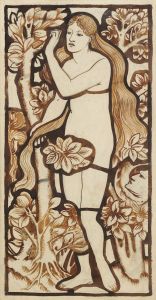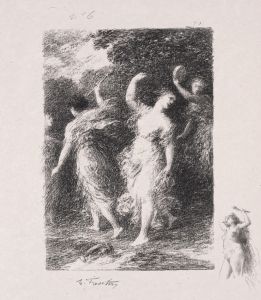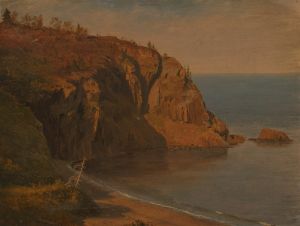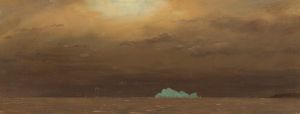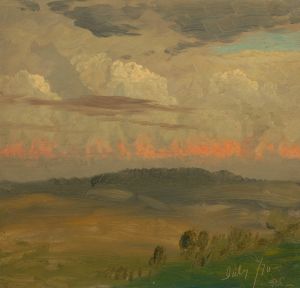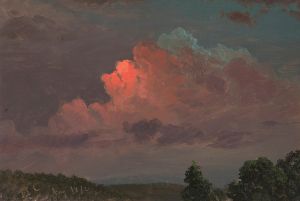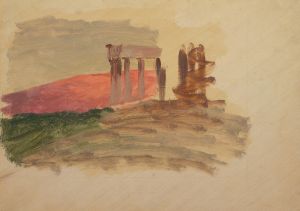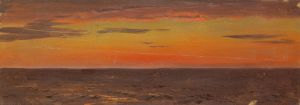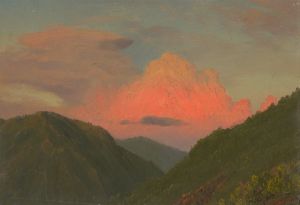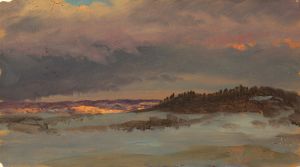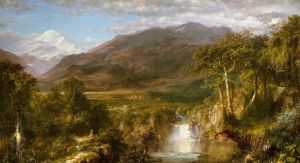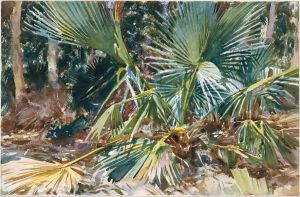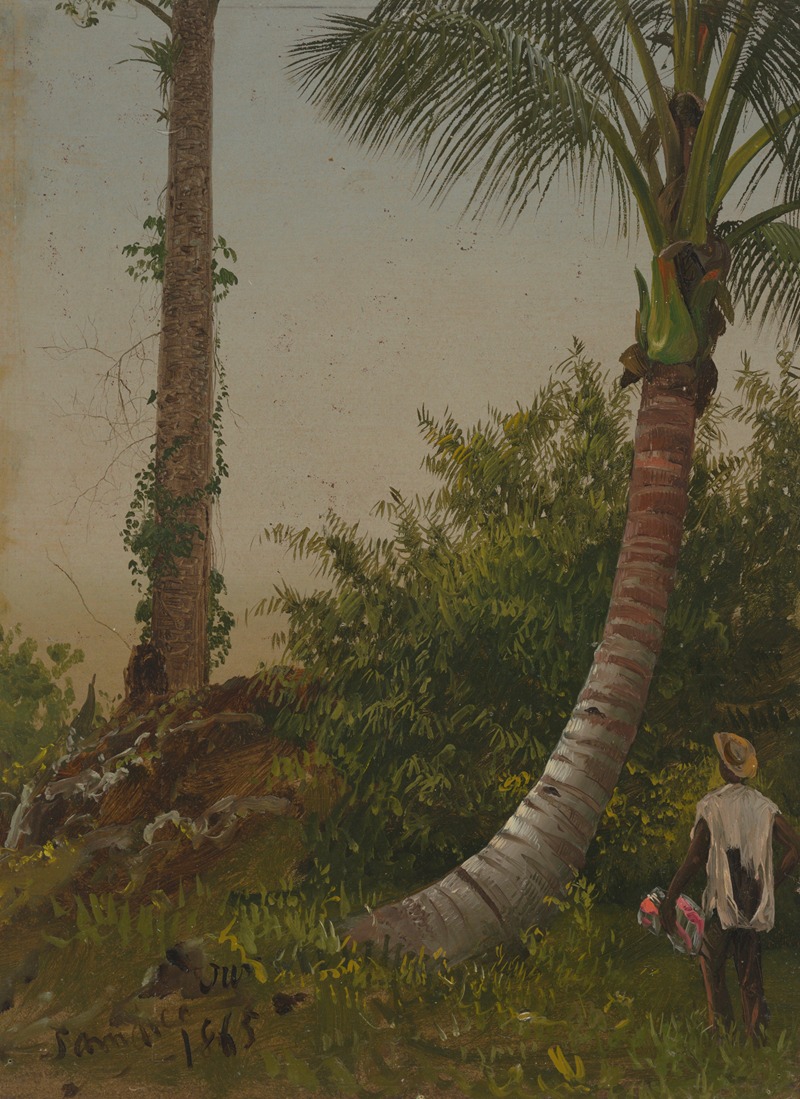
Trees in Jamaica, West Indies
A hand-painted replica of Frederic Edwin Church’s masterpiece Trees in Jamaica, West Indies, meticulously crafted by professional artists to capture the true essence of the original. Each piece is created with museum-quality canvas and rare mineral pigments, carefully painted by experienced artists with delicate brushstrokes and rich, layered colors to perfectly recreate the texture of the original artwork. Unlike machine-printed reproductions, this hand-painted version brings the painting to life, infused with the artist’s emotions and skill in every stroke. Whether for personal collection or home decoration, it instantly elevates the artistic atmosphere of any space.
"Trees in Jamaica, West Indies" is a painting by the American landscape artist Frederic Edwin Church. Church, a central figure in the Hudson River School of American landscape painting, is renowned for his detailed and dramatic depictions of natural scenes. This particular work, created in 1865, showcases his ability to capture the lush, tropical environment of Jamaica.
Frederic Edwin Church was born on May 4, 1826, in Hartford, Connecticut. He studied under Thomas Cole, the founder of the Hudson River School, and quickly developed a reputation for his meticulous attention to detail and his ability to convey the grandeur of the American landscape. Church's travels were extensive, and he often sought out exotic locales to inspire his work. His journey to Jamaica in 1865 was part of this broader quest to explore and document the natural world.
"Trees in Jamaica, West Indies" reflects Church's fascination with the Caribbean's vibrant and diverse flora. The painting features a dense, verdant forest scene, with towering trees and a rich undergrowth that captures the viewer's attention. The composition is marked by its intricate detailing and the play of light and shadow, which adds depth and realism to the scene. Church's use of color is particularly noteworthy, with a palette that emphasizes the lush greens and the subtle variations in the foliage.
The painting is an excellent example of Church's skill in rendering natural environments with both scientific accuracy and artistic sensitivity. His work often involved extensive preparatory studies and sketches, and "Trees in Jamaica, West Indies" is no exception. Church's dedication to capturing the essence of his subjects is evident in the painting's lifelike quality and the sense of immersion it provides.
Church's visit to Jamaica was part of a broader trend among American artists and intellectuals of the 19th century who were drawn to the Caribbean for its exotic appeal and its rich natural beauty. This period saw a growing interest in the scientific study of nature, and Church's work can be seen as part of this movement. His paintings often served as visual records of his travels and as a means of sharing the wonders of the natural world with a wider audience.
"Trees in Jamaica, West Indies" is housed in the collection of the Olana State Historic Site in Hudson, New York. Olana was Church's home and studio, and it remains a significant repository of his work and personal effects. The site provides valuable insights into Church's life and artistic process, offering visitors a chance to explore the environment that inspired much of his work.
In summary, "Trees in Jamaica, West Indies" by Frederic Edwin Church is a testament to the artist's skill and his deep appreciation for the natural world. The painting captures the lush beauty of the Jamaican landscape with remarkable precision and artistry, reflecting Church's broader contributions to American landscape painting and his role in the Hudson River School.





